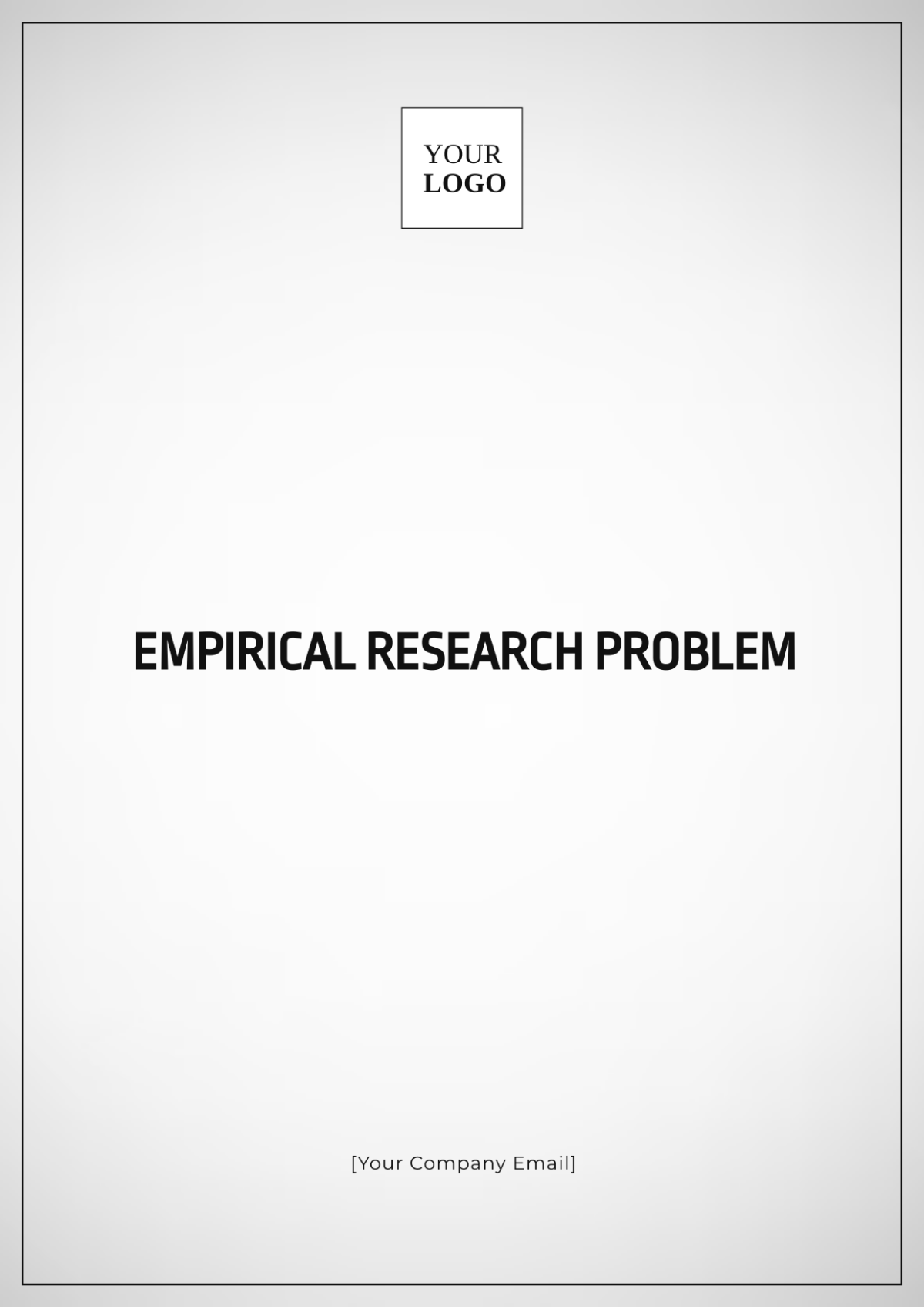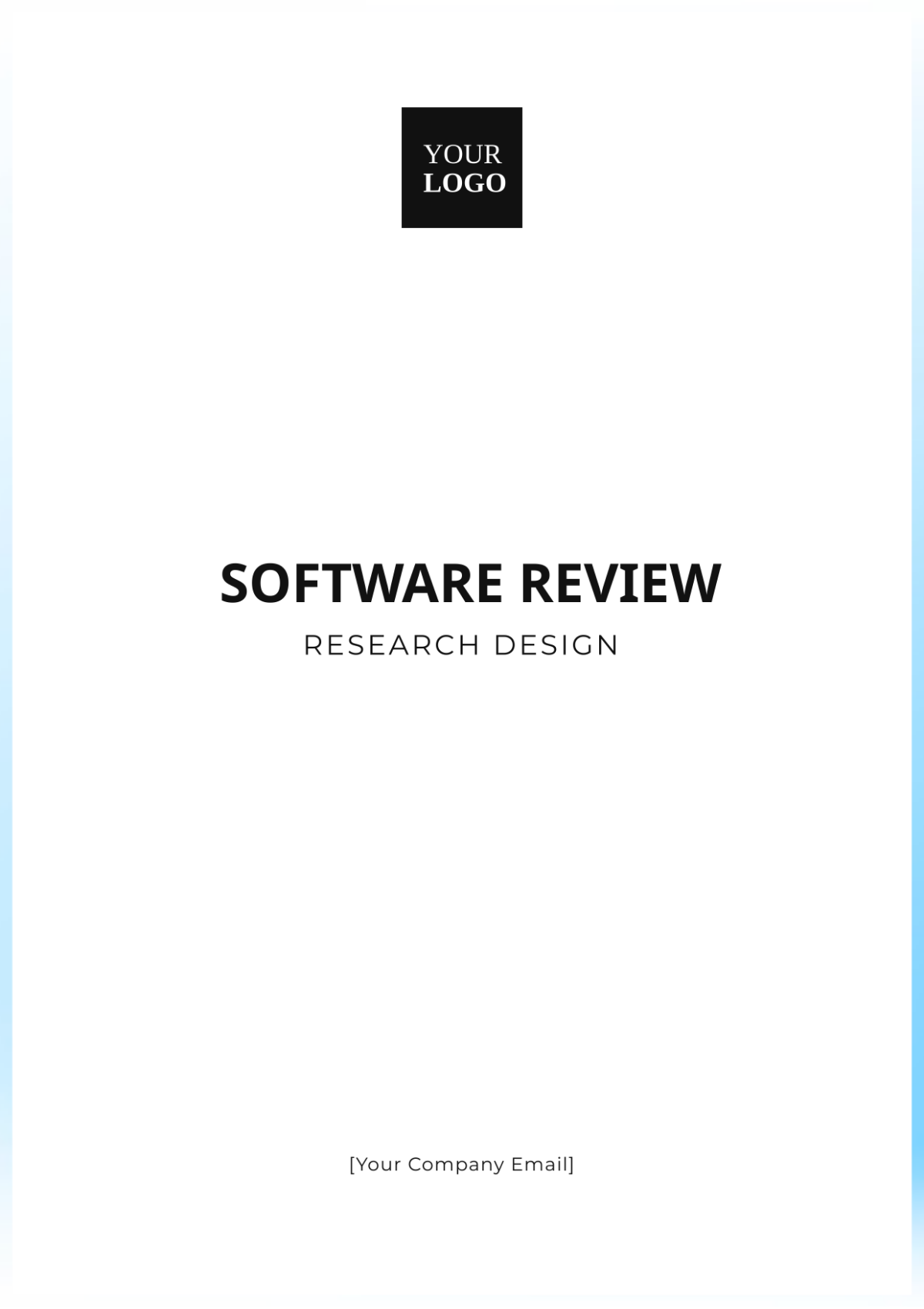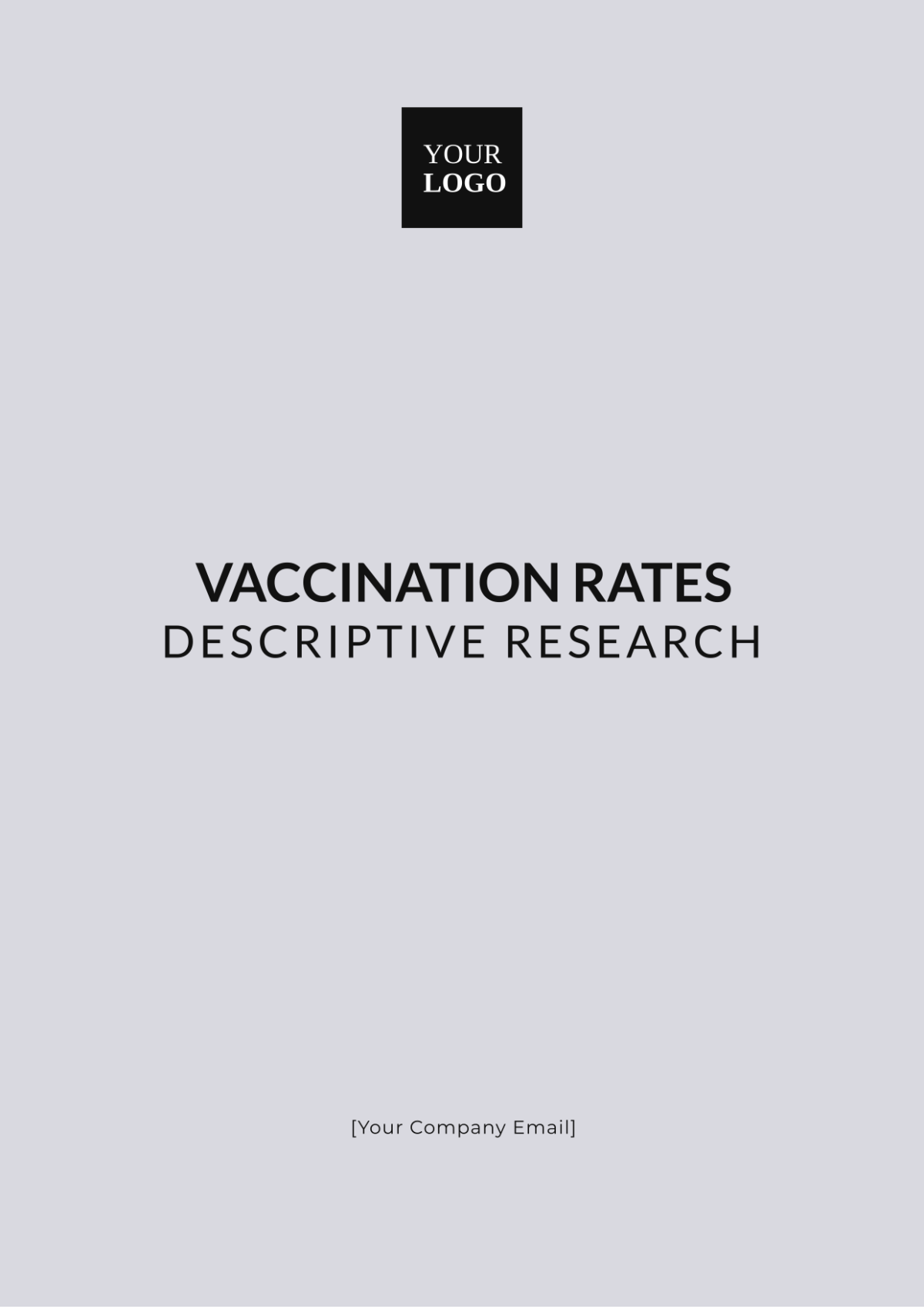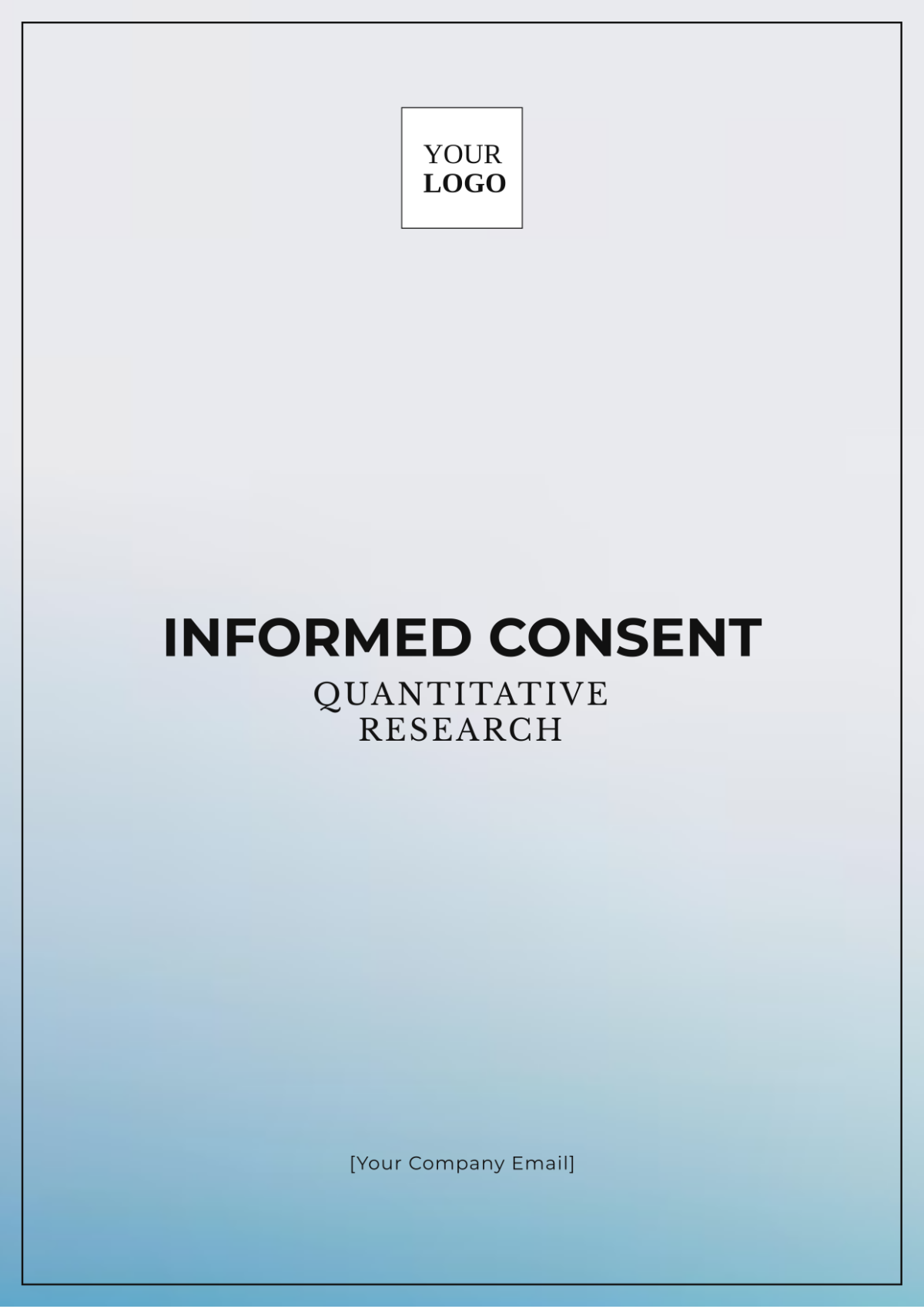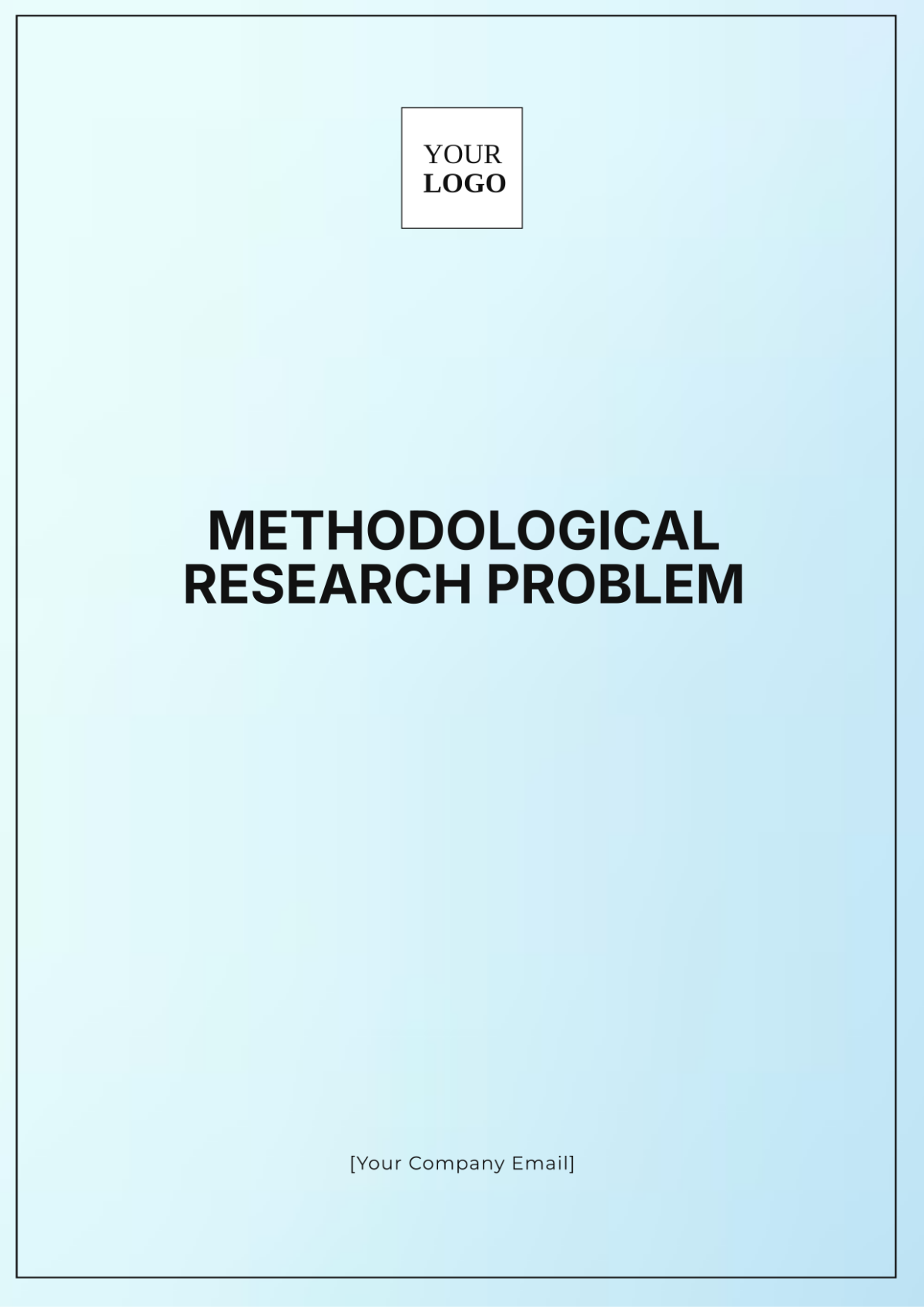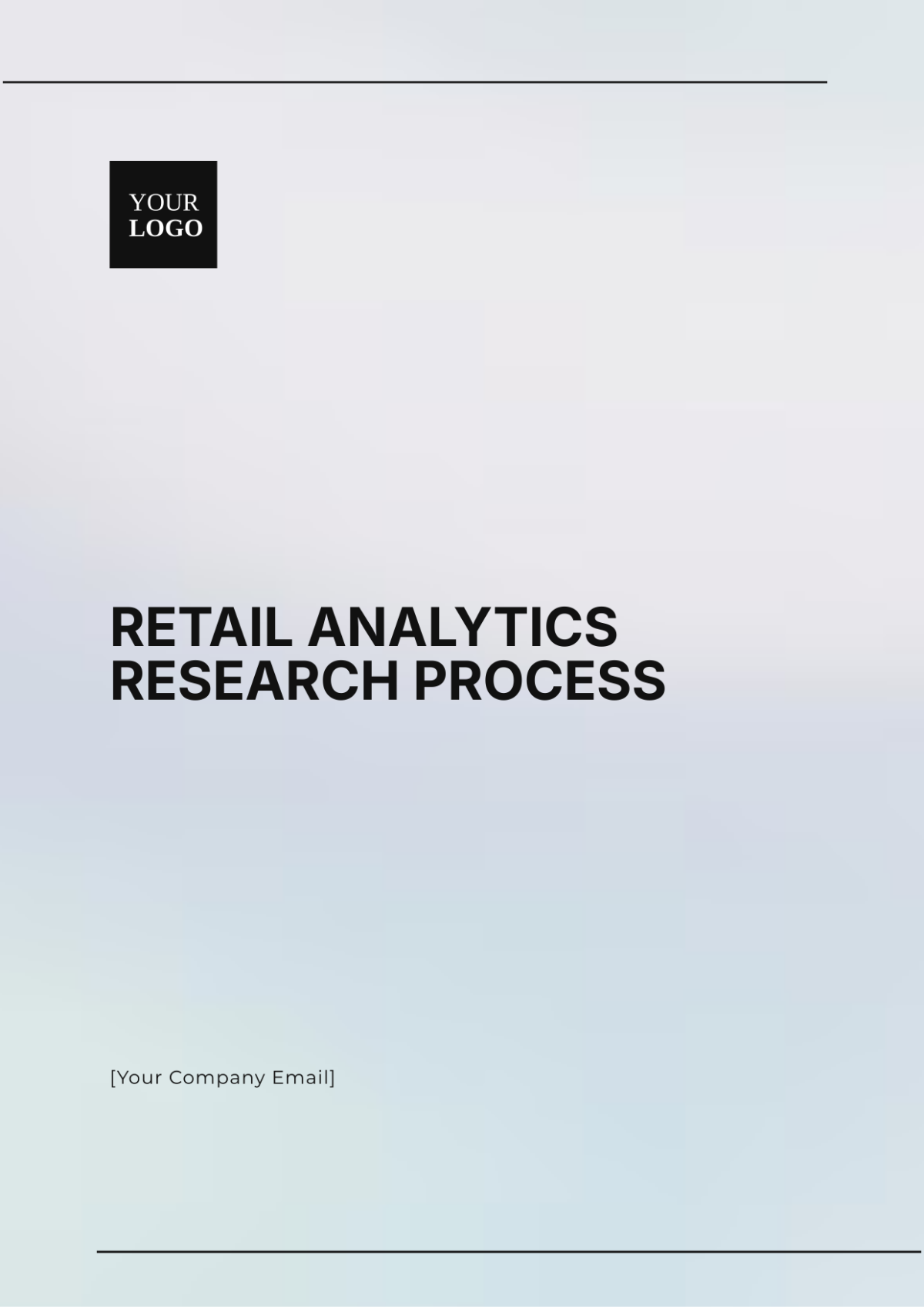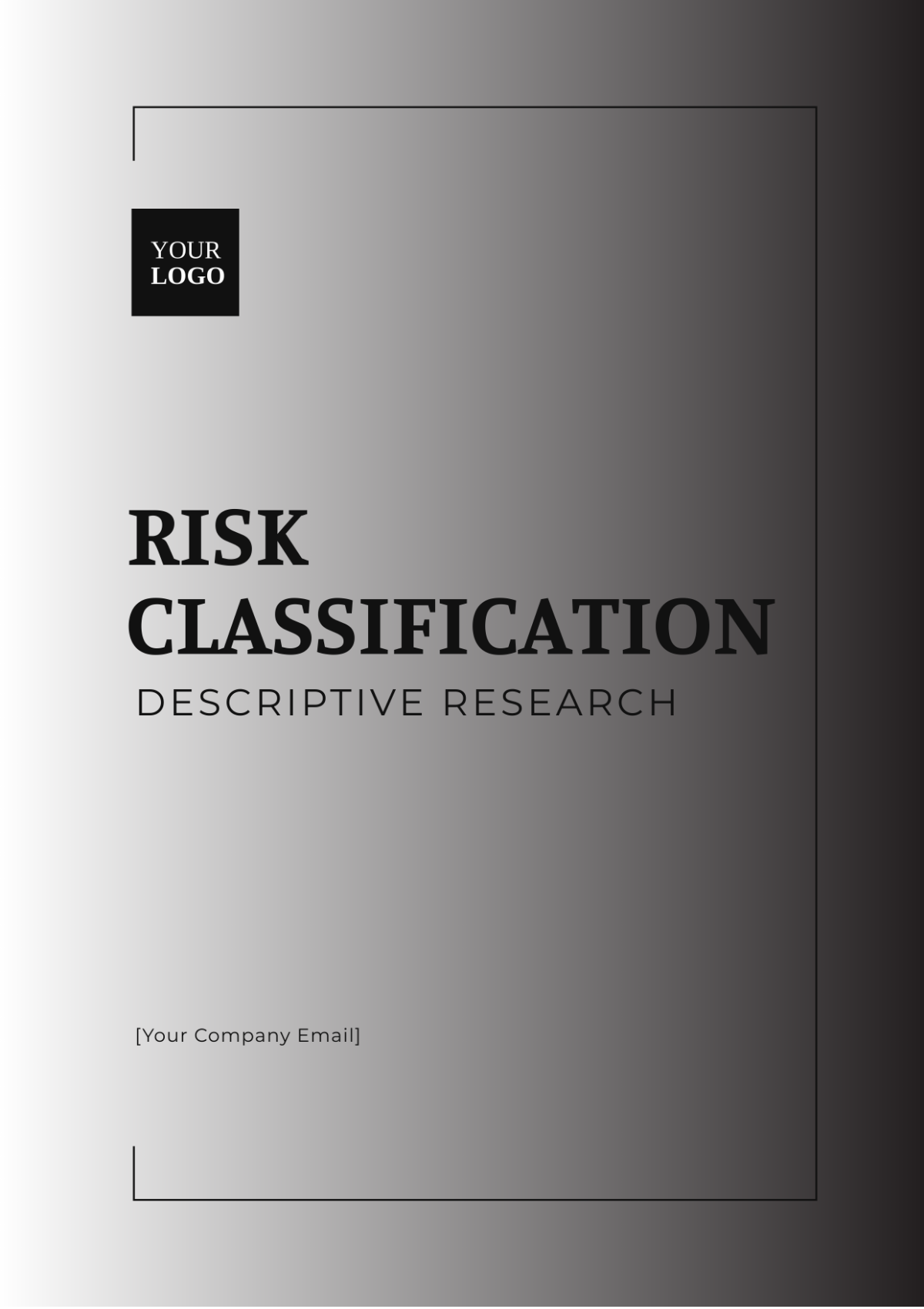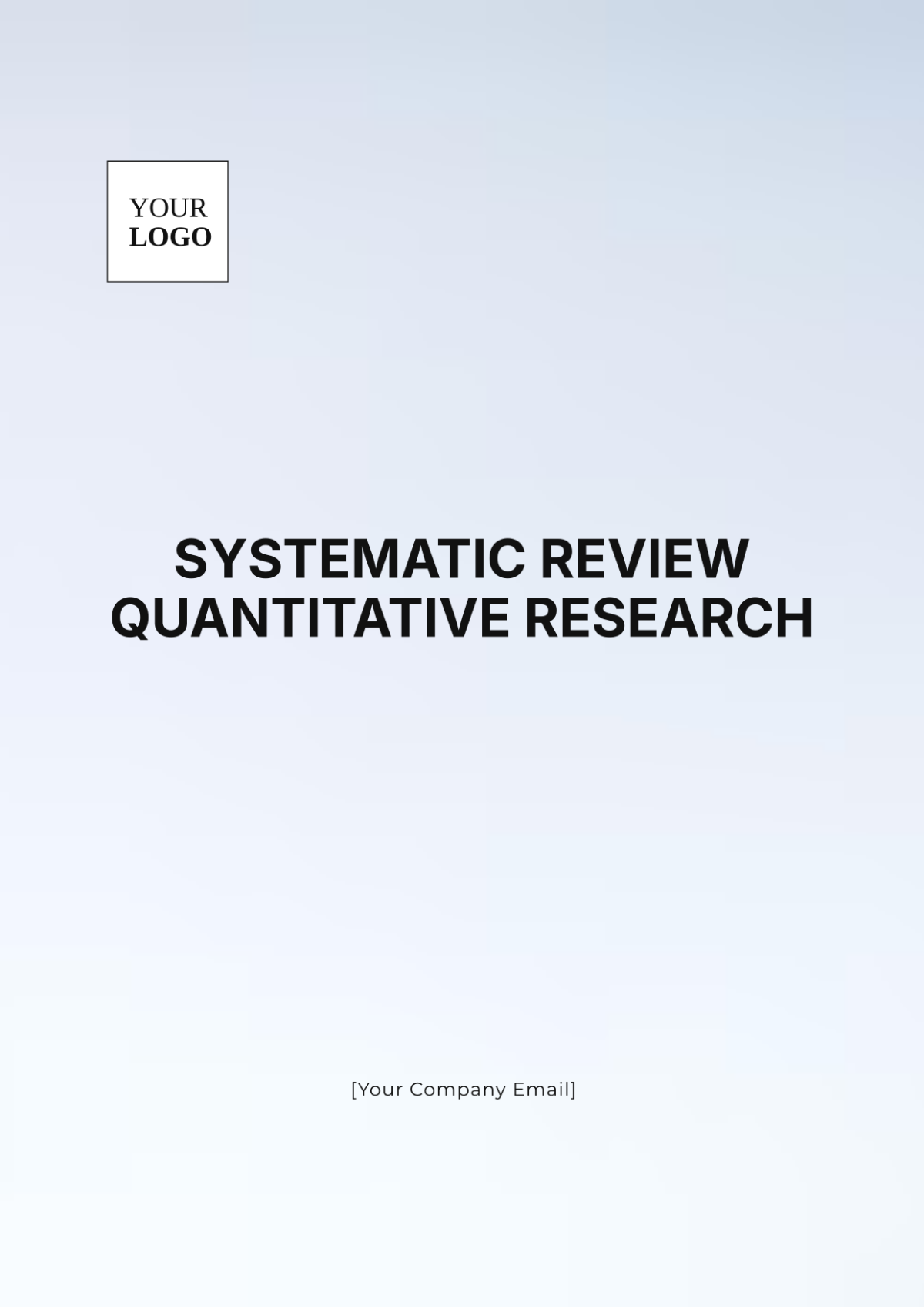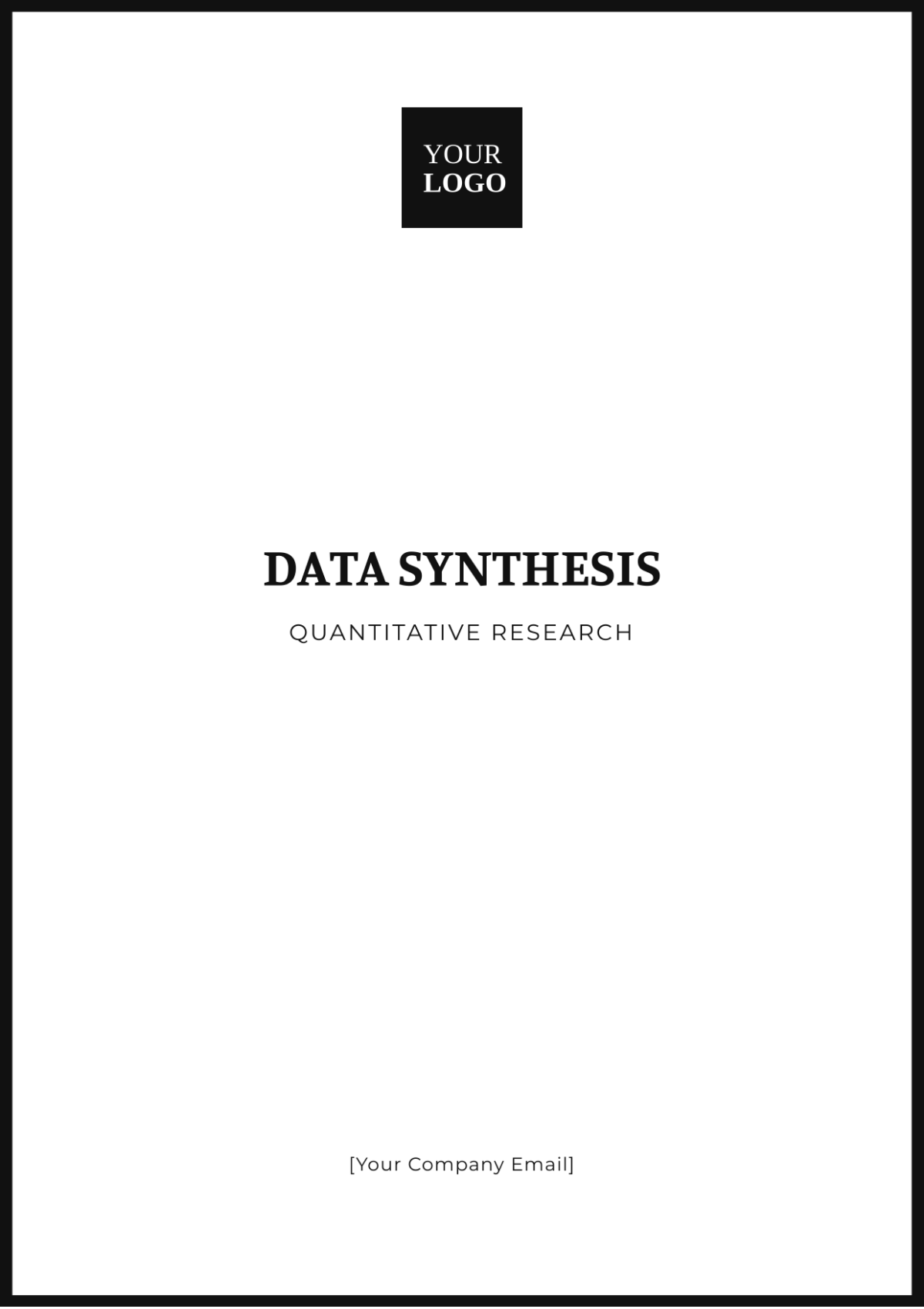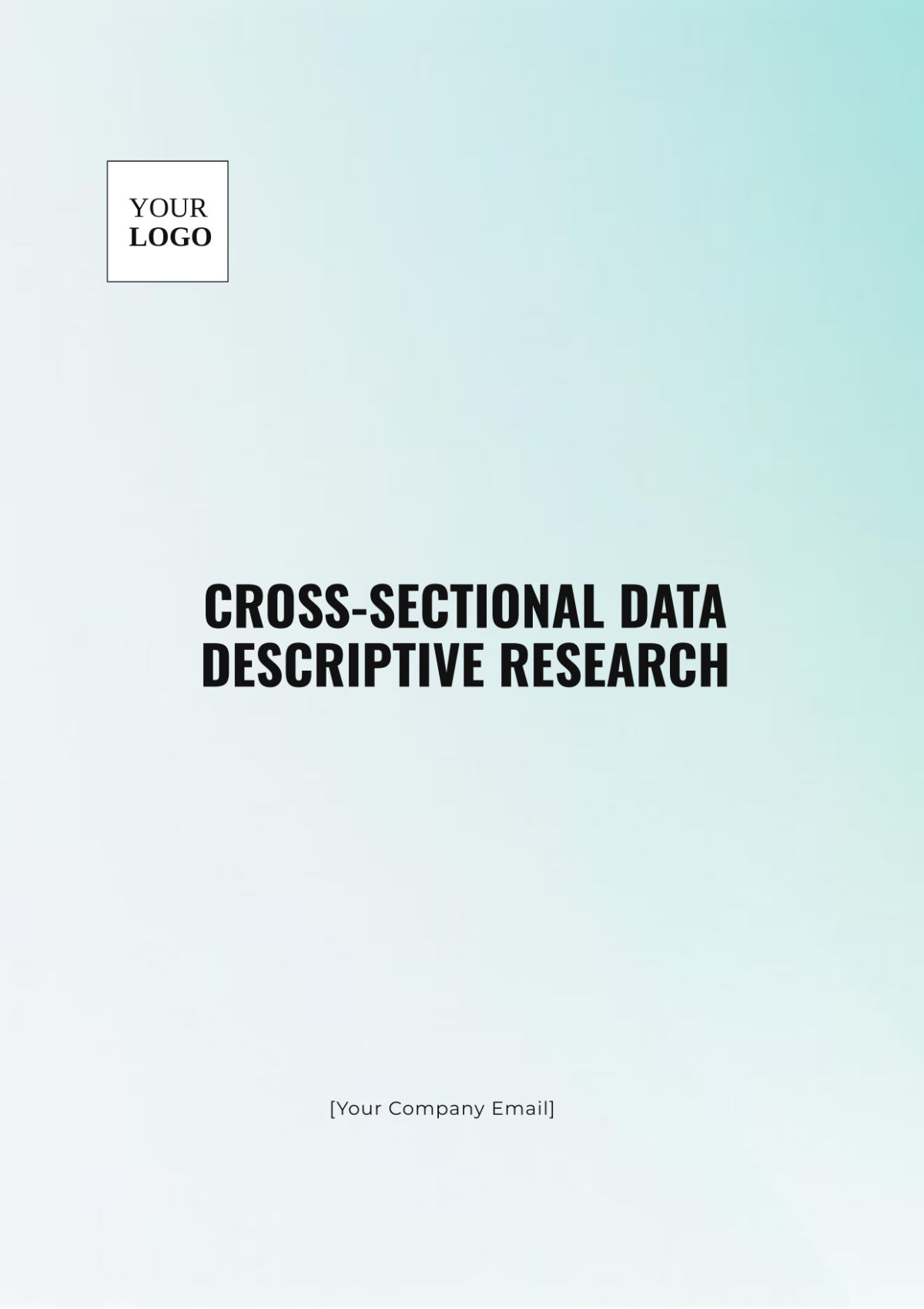Custom Data Descriptive Research
Prepared By: [YOUR NAME]
Date: [DATE]
I. Introduction
This research undertakes a thorough evaluation of the performance of a novel consumer product in the marketplace. The main goals of this Comprehensive Custom Data Descriptive Research on Product Performance Evaluation include examining product sales, gauging customer satisfaction, and analyzing market trends. The findings from this detailed assessment aim to provide valuable insights to support strategic decision-making processes for future product enhancements and the development of effective marketing strategies.
II. Methodology
Data Collection Methods: Data was collected through sales records from January 2050 to June 2051, customer surveys distributed to 500 customers, and market analysis reports from industry sources.
Data Collection Tools: Surveys were administered using SurveyMonkey, sales data was systematically gathered from Salesforce, and market trends were thoroughly analyzed using reports from Nielsen.
Techniques: Descriptive statistics were used to thoroughly summarize the sales data and survey responses, while trend analysis techniques were employed to identify and interpret emerging patterns and tendencies in the sales figures over a long-term period.
III. Data Analysis
A. Sales Performance
Total sales volume over the past year: $4.5 million.
2050 | 2051 | |
January 2050: $300,000 February 2050: $320,000 March 2050: $330,000 April 2050: $340,000 May 2050: $350,000 June 2050: $360,000 | July 2050: $370,000 August 2050: $380,000 September 2050: $390,000 October 2050: $400,000 November 2050: $450,000 December 2050: $600,000 | January 2051: $370,000 February 2051: $360,000 March 2051: $380,000 April 2051: $390,000 May 2051: $400,000 June 2051: $420,000 |
Monthly Sales Trends
This data illustrates a steady increase in sales over the 18 months, with noticeable peaks in November and December 2050, likely due to holiday season promotions and increased consumer spending.
Sales distribution by region
B. Customer Satisfaction
Average customer satisfaction rating: 8.5/10.
Key Satisfaction Drivers
C. Market Trends
Month | Product A | Competitor X | Competitor Y |
|---|---|---|---|
April 2051 | 12% | 15% | 20% |
May 2051 | 13% | 14% | 19% |
June 2051 | 14% | 13% | 18% |
July 2051 | 15% | 12% | 17% |
August 2051 | 16% | 11% | 16% |
September 2051 | 17% (5% increase from April 2051) | 10% | 15% |
This table clearly shows the market share of Product A and its competitors over the last six months, highlighting the 5% increase in Product A's market share from April to September 2051.
IV. Findings/Results
Sales Performance: The product has shown a steady increase in sales, reaching $4.5 million over the past year, with notable spikes during holiday promotions in December 2050 and June 2051. Regional data indicates strong performance in North America and Europe.
Customer Satisfaction: The average customer rating of 8.5 reflects positive feedback, particularly regarding product quality. However, delivery times have been an issue, with an average of 10 days, impacting overall satisfaction.
Market Trends: The product has achieved a 5% increase in market share, outperforming competitors who experienced a decrease. Seasonal trends indicate higher sales during holiday months.
V. Discussion
The analysis shows the product excels in sales, hitting $4.5 million last year with peaks during holidays, and boasts an average rating of 8.5/10. Delivery times of around 10 days are a drawback, affecting customer satisfaction. Despite this, market share increased by 5% in six months. Improving delivery times and leveraging market growth through targeted marketing and promotions are essential for enhancing performance and customer loyalty.
VI. Conclusion
The product is currently demonstrating a robust performance in the market, evidenced by a significant 15% increase in its market share. Additionally, it has received an impressive average customer rating of 8.5, reflecting high levels of consumer satisfaction. To fully capitalize on this success, it is advisable to implement improvements in delivery efficiency. Further, it is recommended to employ targeted marketing strategies during peak seasons to sustain and potentially enhance the product's momentum in the market.
VII. References
Nielsen Market Reports (2051). “Consumer Technology Market Trends.”
Salesforce Sales Data (2050-2051).
SurveyMonkey Customer Feedback Report (2051).
VIII. Appendices
Appendix A: Raw Sales Data: Excel spreadsheet with monthly sales figures from January 2050 to June 2051, showing detailed entries for trend analysis and seasonal changes.
Appendix B: Full Customer Survey Results: PDF of complete customer survey results, including detailed feedback and statistical summaries on product quality and delivery.
Appendix C: Additional Charts and Graph: PDF with visual data representations, including sales trends and regional distribution charts for a clear view of market impact.







